The beaches of Normandy—Utah, Omaha, Gold, Juno, and Sword—are renowned as the location of D-Day, the largest seaborne invasion in history on June 6, 1944. This monumental operation marked the beginning of the Allies' liberation of Western Europe from Nazi control, though it came at the cost of heavy casualties, particularly on Omaha Beach. Today, these historical shores in France serve as profound memorials and cemeteries, honoring the bravery and sacrifice of the American, British, Canadian, and other Allied forces. White-chalk cliffs and WWII beaches, the site of the D-Day landing.
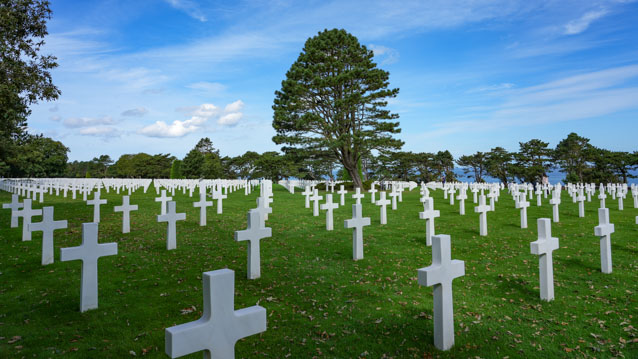
The American Cemetery

The American Cemetery
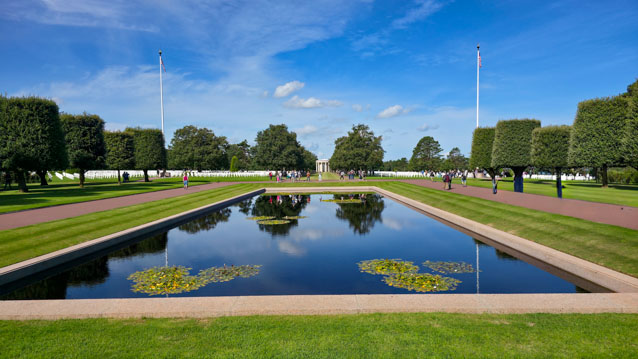
The American Cemetery

The American Cemetery
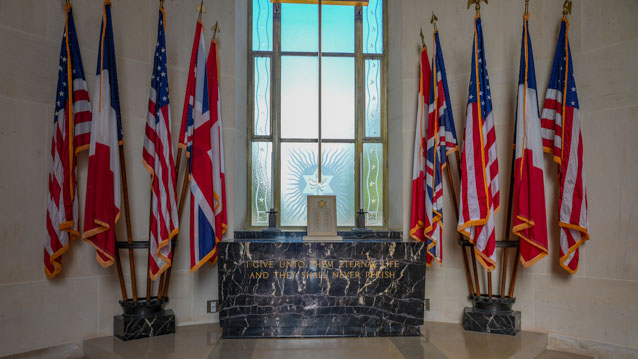
The American Cemetery
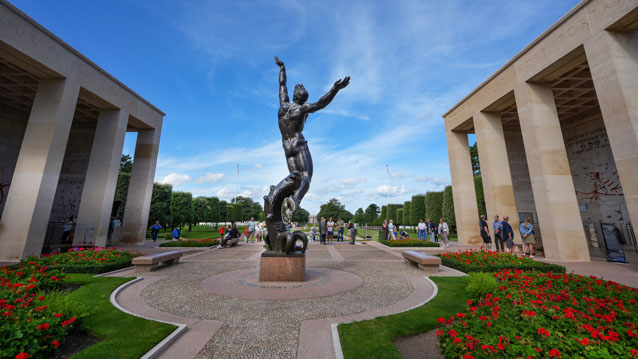
The American Cemetery

Omaha Beach, Normandy

Omaha Beach sculptures
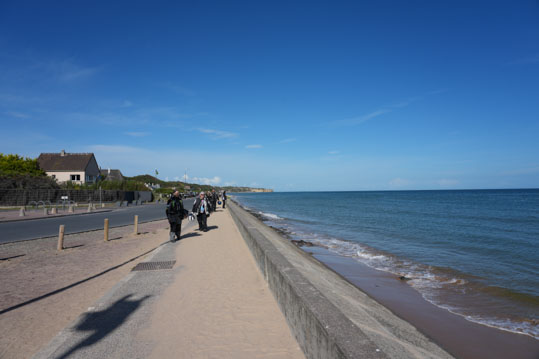
Omaha Beach
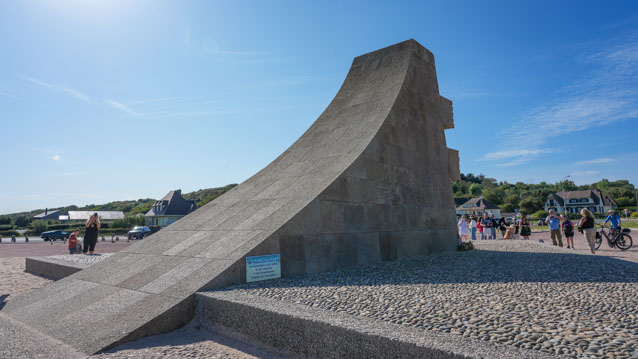
Omaha Beach
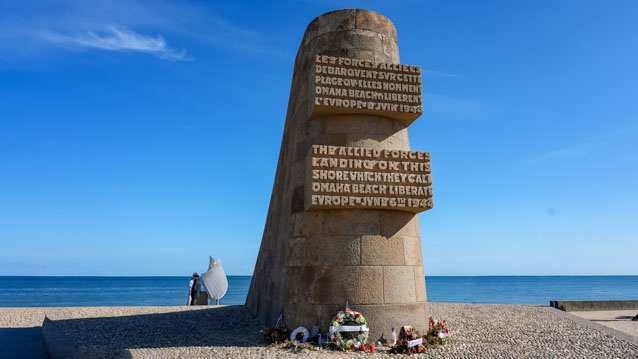
Omaha Beach
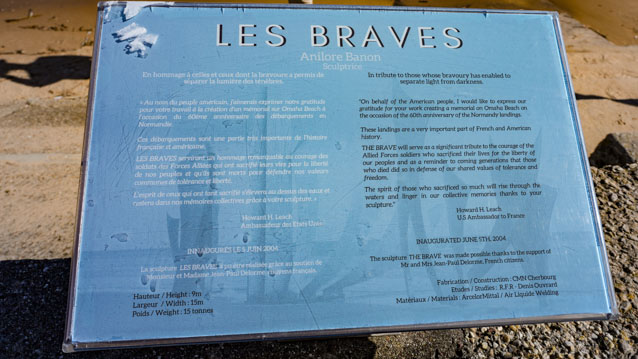
Omaha Beach
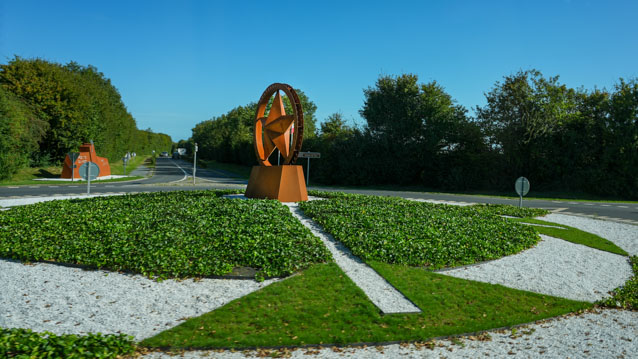
Normandy
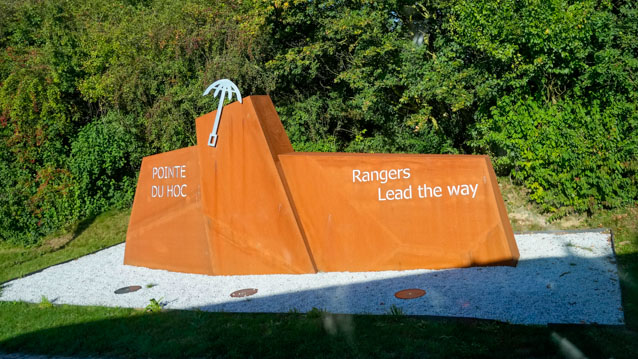
Pointe du-Hoc

Point du-Hoc WWII Bomb Craters: Markers of History and Resilience
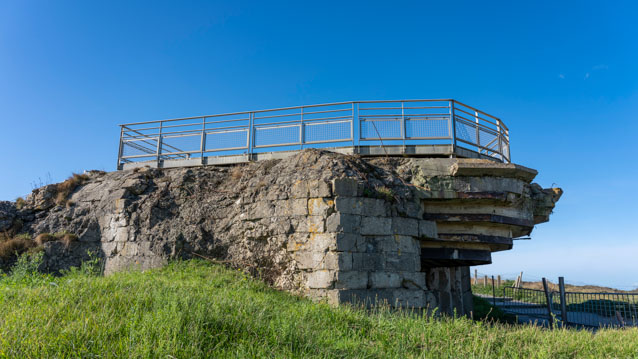
Operatiion Overlord. One of the most remarkable operations of the Allied landings.
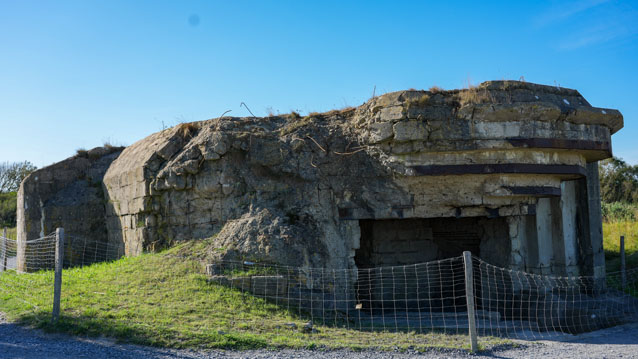
Stark reminders of the fierce battles fought here.
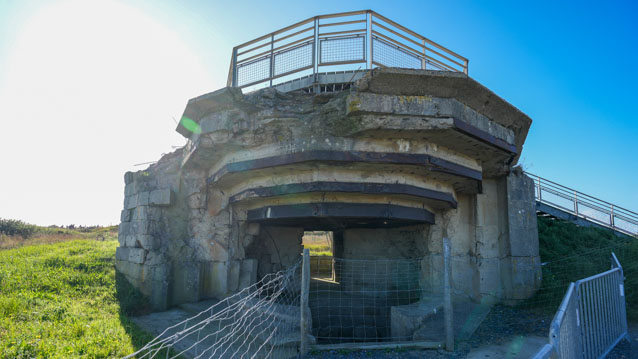
On the morning of June 6th, the cliffs of Pointe du Hoc were stormed by the rangersr who bravely aimed to secure this strategic position along the Atlantic Wall. This is a poignant testament to the courage and determination of those who fought here.
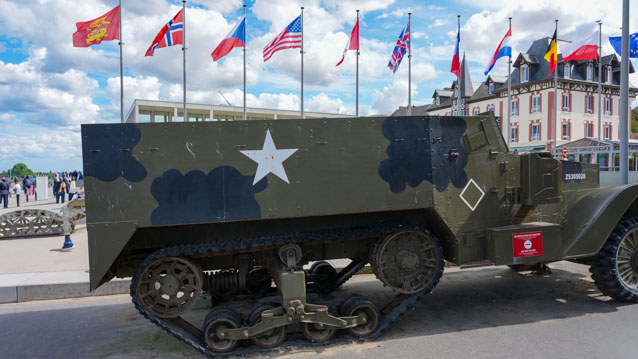
Arromanches-les-Bains holds a pivotal place in D-Day history as the site of Mulberry B, one of the two artificial harbors towed across the English Channel.
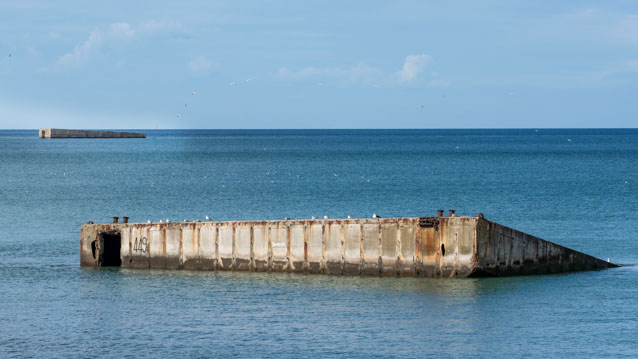
Today, the visible concrete remnants of the floating harbor still dot the tidal waters, serving as a powerful memorial to the ingenuity and scale of the Operation Overlord invasion.
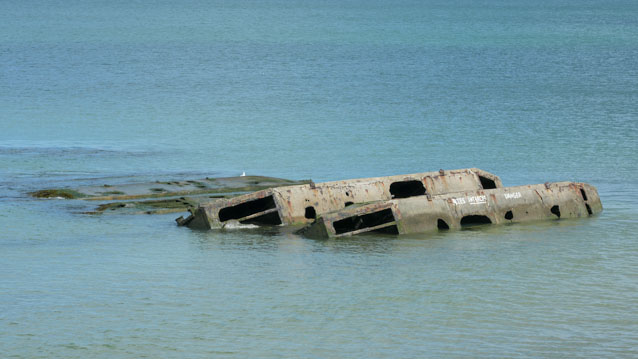
The Allies offloaded millions of tons of supplies and vehicles critical for the liberation of Northwest Europe.
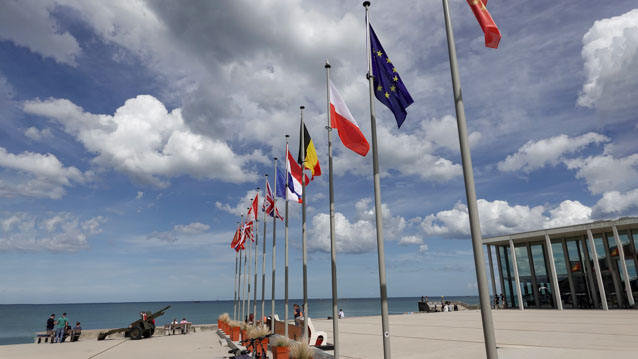
Arromanches-les-Bains
